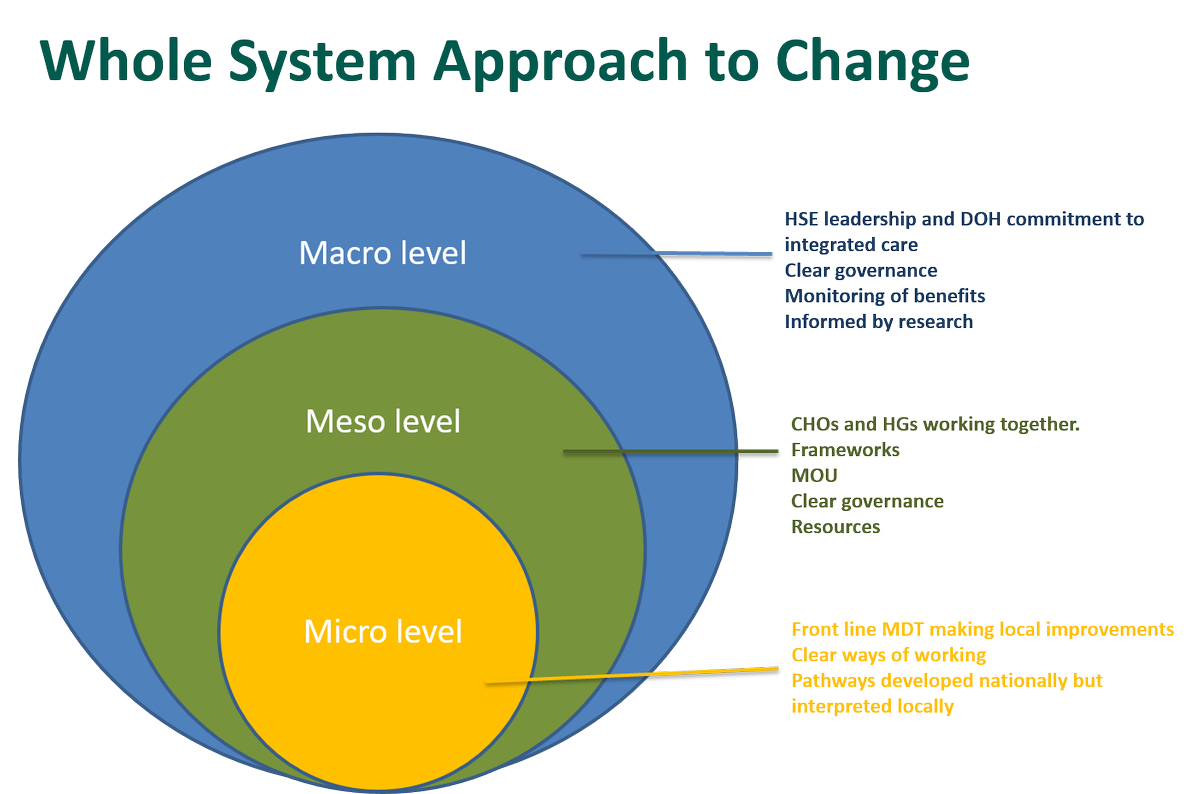

Since 2015 Edition Sigma belongs to Nomos Publishing. Since 2002, Nomos has been a part of the Beck-Group, but has remained independent from the Group’s other publishers with regard to its program development. Nomos Publishing is among the leading scientific publishers in the German-speaking world in the fields of law, social sciences and the humanities. Only then might anthropologists begin to forge a stable cooperative triad out of the forbidden triad that seems to represent our current situation. It is essential for researchers to recognize the limitations and potentials of each theoretical level. I, therefore, conclude that it is, at present, fantasy to attempt to produce grand synthetic macro-meso-micro theories in social science. Micro-, meso-, and macro-level approaches may be redundant in that they reveal similar truths (the impact of the rock continues to produce concentric circles) but they are not identical nor directly translatable into one another (each circle has a distinct radius, volume, and location). Questions regarding linkages between levels, the primacy of one perspective over the other, or the independence of each level is one that can only be resolved through applying these perspectives to similar datasets. At the macro-level, formal analysis is used to analyze patterns of behavior and social motivations as derived from the structural positions of actors. At the meso-level, the anthropologist induces normative models of cultural from agreggated behavior. At the micro-level, the focus is inevitably on praxis: on individuals interacting in specified contexts.
MICRO MESO AND MACRO LEVELS SERIES
I apply micro-, meso-, and macro-level methods of analysis to the same dataset, a series of disputes among households in a Sri Lankan Muslim community, to examine where these approaches overlap and are redundant and also how different interpretations can result. Family care support in rural area (In Swedish).This paper attempts to reconcile three distinct levels of theoretical concern: the macro-, meso-and micro-level. Enhancing the quality of life of dementia caregivers from different ethnic or racial groups. Edinburgh: The Scottish Government 2009.īelle SH, Burgio L, Burns R, Coon D, Czaja SJ, Gallagher-Thompson D, Gitlin LN, Klinger J, Koepke KM, Lee CC, Martindale-Adams J, Nichols L, Schulz R, Stahl S, Stevens A, Winter L, Zhang S. Evaluation of the telecare development programme: final report. The CARICT Project: Deliverable 3.6 Vienna: European Centre for Social Welfare Policy and Research.īeale S, Sanderson D, Kruger K. Accessed 22 April 2014īarbabella F, Hoffman F, Rodrigues R, Chiatti C, Fry G, Hanson E, Magnusson L, Socci M, Stückler A, Széman Z, Widéhn N, Lamura G (2011) Final report on the “Methodological Framework”. Dublin: European foundation for the improvement of living and working conditions. This would help to support policy-makers to deploy these technologies for long-term care delivery.Ĭost-effectiveness Efficiency Long-term care Quality of care Quality of life Social investment.Īnderson R, Mikulié B, Vermeylen G, Lyly-Yrjanainen M, Zigante V (2009) Second European quality of life survey Overview. Nevertheless, more research using experimental methods is needed to demonstrate the impact of these ICT-based services at meso- and macro-levels. These findings constitute a first look at the benefits of the use of ICT-based services for informal carers and paid assistants. They also generate savings which contribute to the sustainability of the care systems. ICT-based services for informal carers and paid assistants improve the quality of life of older people and their carers and access to qualified care. We carried out the cross-case analysis following a variables-oriented strategy on seven dimensions of impact at micro-, meso- and macro-levels: the quality of life of informal carers and paid assistants, quality of life of care recipients, quality of care, care efficiency and sustainability, acceptability, and infrastructure and accessibility. We cross-case analysed the effects of twelve initiatives in the EU, the USA and Canada, based on their individual analysis documented through interviews with promoters and a literature review. The aim of this study was to explore the benefits of information and communication technologies (ICT)-based services for informal carers and paid assistants of older people living in the community.


 0 kommentar(er)
0 kommentar(er)
